One microcosm of this public health concern has been the presence of microplastics in the environment, and the potential for these tiny particles to make their way into our food and water. Microplastics fall into two main categories—those that are manufactured as additives or for use in manufacturing and those that come from the degradation or breakdown of larger plastic particles.
Safe Recycled Water in a Petri Dish?
What makes bioanalytical screenings of interest are their sophisticated yet targeted approach to screening recycled water. Rather than requiring laboratory professionals to test for each individual contaminant to determine presence and approximate risk, bioassays screen for total bioactivity for a given pathway or mode of action, allowing analysts to characterize potential cumulative effects on the organisms without necessarily needing to know all the components of the samples. They are a meaningful counterpart to common testing methods, as they account for the fact that contaminants often work together additively, synergistically, or antagonistically to produce an effect that is harmful to humans and the environment.
DDW Sets New Response Levels for PFOA and PFOS
Yesterday, the State Water Resources Control Board (SWRCB) Division of Drinking Water (DDW) issued a press release regarding new Response Levels (RL) for PFOA and PFOS.
The RL for Perfluorooctanoic acid (PFOA) is now set at 10 parts per trillion (ppt)
The RL for Perfluorooctanoic sulfonate (PFOS) is now set at 40 ppt.
Previously California RL’s were set at the federal level of 70 ppt for PFOA and PFOS combined.
Trending Now: WOTUS Protections Roll Back
While today’s political climate is arguably the most divisive in history, we believe those in the water industry agree on the importance of providing consumers with safe, clean drinking water. This month the Trump administration announced regulations that considerably weaken clean water protections. As the LA Times reports:
“Defying environmentalists and public health advocates, the Trump administration on Thursday announced the replacement of Obama-era water protections with a significantly weaker set of regulations that lifts limits on how much pollution can be dumped into small streams and wetlands.
State and Federal PFAS Updates
Governor Signs Safe Drinking Water Bill
This month Governor Gavin Newsom signed a bill to establish the Safe and Affordable Drinking Water Fund, which aims to improve access to safe drinking water for residents in disadvantaged communities. Approximately 1 million Californians currently lack access to safe drinking water, the vast majority of whom live in small rural communities that rely on private drinking water wells or poorly maintained water systems contaminated by harmful constituents such as arsenic, nitrates, and 1,2,3-TCP.

